Across Sabah’s wide network of islands, access to reliable electricity was once only a hope for many rural and island communities. With over 500 islands along its coastline, Sabah’s unique geography has long made grid connection a major challenge. Yet, through innovation and a strong sense of social responsibility, Sabah Electricity Sdn. Bhd. (SESB), a subsidiary of Tenaga Nasional Berhad (TNB), has made steady progress in bringing sustainable power to even the most remote parts of the state.
Today, 35 solar hybrid stations, 3 rural power stations, and 1 minor station operate around the clock, supplying clean and reliable electricity to thousands of rural households. An additional 8 rural power stations provide daily power for 6 to 18 hours in hard-to-reach regions, while 35 new solar hybrid projects are under development. In total, 33 islands are now fully powered by renewable energy - a milestone achievement that reflects Sabah Electricity’s deep commitment to inclusive energy access.
These efforts are part of the wider Sabah Green Island initiative, a flagship sustainability program that combines technological innovation with environmental stewardship. By integrating solar energy, battery storage, and efficient diesel back-up systems, Sabah Electricity is progressing rural electrification across Sabah’s remote communities, ensuring reliable and sustainable power for those beyond the grid.

Sustainable Innovation in Action
At the heart of the initiative lies the Solar Hybrid System – the renewable energy and practical engineering designed for reliability. Each station uses solar photovoltaic panels as the primary energy source, supported by battery banks that store excess power and diesel generators for back-up during monsoon seasons. This system minimizes fuel dependency, lowers operating costs, and reduces carbon emissions by up to 25,000 tonnes CO₂ annually.
Gel-type batteries, now used in many of Sabah’s stations, further enhance environmental performance. These batteries have a longer lifespan and a sealed design that prevents hazardous gas escape and reduces the risk of leaks compared to traditional lead-acid types. Their extended durability means fewer replacements, less waste, and improved efficiency - reducing the overall energy demand from diesel generators.
Maintenance and operational excellence underpin the program’s success. Regular inspection and calibration of solar panels, inverters, and battery systems ensure consistent power supply despite Sabah’s tropical weather. Diesel generators are maintained on a strict schedule - every three months or after 250 operating hours to guarantee reliability. Even in the face of monsoon disruptions, Sabah Electricity’s teams continue to deliver uninterrupted energy to the state’s most isolated communities.
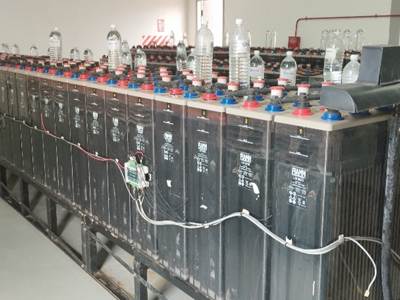

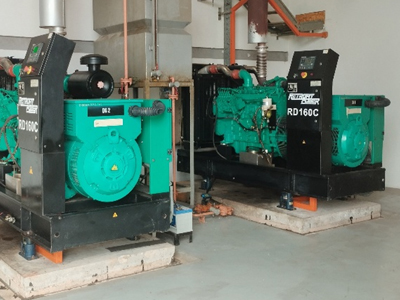
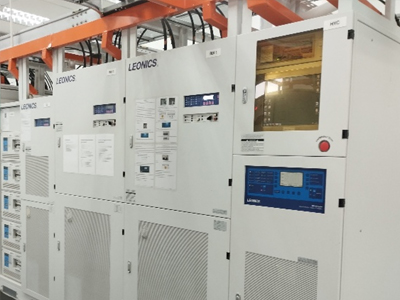
Real Stories of Change
Each solar hybrid site tells a story of transformation - where clean energy has changed daily life, opportunity, and community well-being.
Sepinong Island (Kinabatangan District)
Commissioned in 2018, the Sepinong Solar Hybrid Station in Kinabatangan district provides round-the-clock electricity to a community reachable only by boat. The system combines a 148.8 kWp solar farm, two 160 kW diesel generators, and a 120-cell battery bank, powering homes, schools, and small businesses.
Although maintenance can be challenging due to rough seas and battery replacements every five years, the station continues to enhance livelihoods and showcase how hybrid technology supports sustainable growth in isolated regions.
Omadal Island (Semporna)
Located off the coast of Semporna, Omadal Island is one of Sabah’s most remote communities, accessible only by boat and often cut off during the monsoon season. Since 2013, the Omadal Solar Hybrid Station has powered homes, schools, and enterprises through a 207 kWp solar farm, two 160 kW diesel generators, and a 168-cell gel-type battery bank, delivering a 29 kW load.
The system runs efficiently - solar by day, battery at night, diesel as backup - ensuring consistent power even during the monsoon season. While maintenance and component replacement are ongoing needs, Omadal continues to thrive, proving that hybrid systems can bring lasting progress to even the most remote communities.
Banggi Island (Kudat)
Located off Kudat, Banggi Island is Sabah’s largest and most populated island, where electricity demand continues to grow each year. Commissioned in 2013, the Banggi Solar Hybrid Station features a 1,200 kWp solar farm, eight diesel generators (ranging from 200 to 1,000 kW), and a 720-cell gel-type battery bank, delivering a 950 kW load to homes, schools, and local enterprises.
Battery and inverter upgrades have sustained performance, while additional diesel capacity ensures stability during high demand. Despite the challenges of sea access and maintenance costs, Banggi’s hybrid system remains a cornerstone of local development and energy resilience.
Across these islands, the impact is tangible: reliable electricity has strengthened communities, expanded education and healthcare access, and supported new economic activities from small enterprises to tourism.
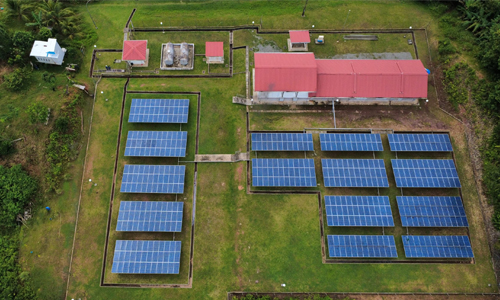
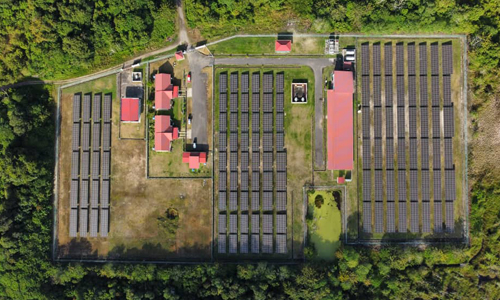
Charting Sabah's Renewable Future
The Sabah Green Island Initiative is more than an infrastructure program - it represents a vision for a resilient and sustainable Sabah. By replacing diesel-only systems with solar-hybrid technology, the initiative delivers tangible ESG outcomes: reducing emissions and protecting island ecosystems, expanding access to electricity that improves education, healthcare, and digital connectivity, and strengthening governance through transparent operations, local capacity-building, and cost efficiency.
These efforts not only enhance quality of life and economic opportunity but also lead to lower electricity costs through reduced fuel consumption and maintenance expenses compared to traditional diesel systems. The program achieves an estimated annual saving of RM 35 to 45 million, based on a daily demand of around 5.5 MW - reflecting responsible resource management, improved operational efficiency, and long-term financial sustainability.
Looking ahead, Sabah Electricity aims to expand renewable capacity with new solar hybrid projects, strengthen grid connectivity between the East and West coasts, and pursue its long-term aspiration of achieving SAIDI 100 minutes by 2030. These initiatives align with national decarbonization goals and support Malaysia’s just energy transition - ensuring that energy equity goes hand-in-hand with sustainability.
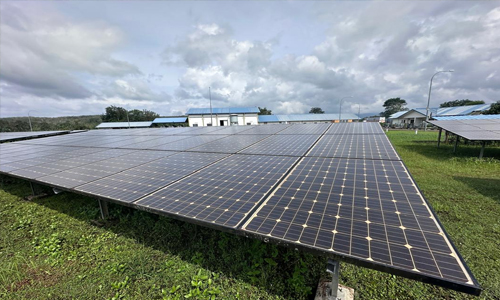
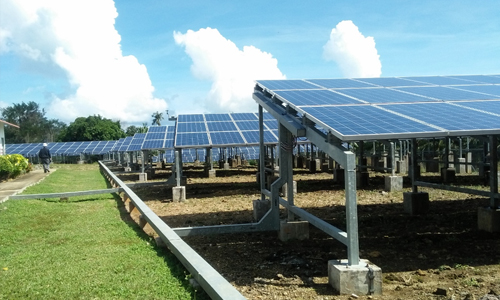
Powering Progress, Sustaining Hope
For Sabah Electricity, the mission goes beyond power generation – ensuring every home, no matter how remote, is powered by light and opportunities. From solar-hybrid systems on remote islands to grid-strengthening efforts across the state, every initiative reflects a commitment to reliability, sustainability, and community well-being. Through innovation and responsible stewardship, Sabah Electricity continues to illuminate the path toward a more resilient and sustainable future for Sabah.